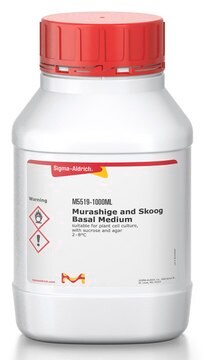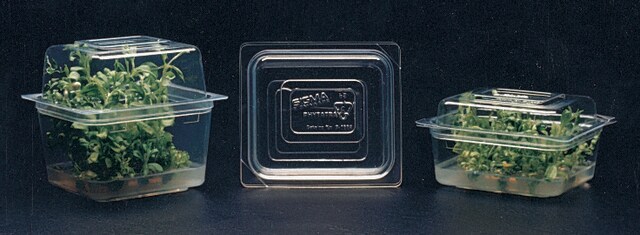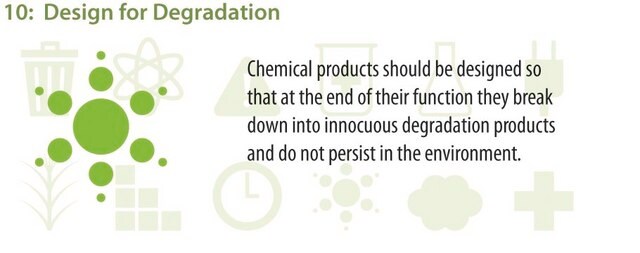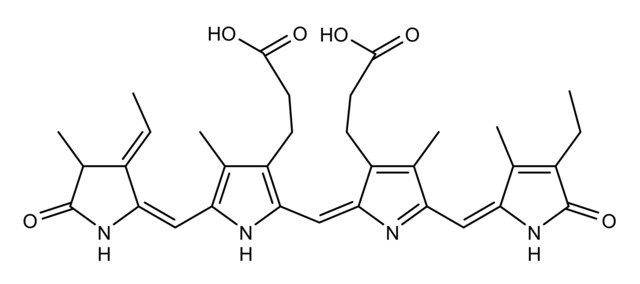Wichtige Dokumente
V9389
Violacein from Janthinobacterium lividum
>98% (violacein (minimum 85% violacein) and deoxyviolacein, HPLC)
About This Item
Empfohlene Produkte
Qualitätsniveau
Assay
>98% (violacein (minimum 85% violacein) and deoxyviolacein, HPLC)
Löslichkeit
H2O: insoluble
acetone: soluble
ethanol: soluble
methanol: soluble
Lagertemp.
2-8°C
InChI
1S/C20H13N3O3/c24-10-5-6-15-12(7-10)14(9-21-15)17-8-13(19(25)23-17)18-11-3-1-2-4-16(11)22-20(18)26/h1-9,21,24H,(H,22,26)(H,23,25)/b18-13-
InChIKey
XAPNKXIRQFHCHN-AQTBWJFISA-N
Allgemeine Beschreibung
Anwendung
- for cell culture assays
- as a standard to determine the crude violacein concentration in ethanol extracts of D. violaceinigra str. NI28 cultures
- as a standard to identify violacein in the leaf samples of Nicotiana
Biochem./physiol. Wirkung
Lagerklassenschlüssel
11 - Combustible Solids
WGK
WGK 3
Flammpunkt (°F)
Not applicable
Flammpunkt (°C)
Not applicable
Persönliche Schutzausrüstung
Eyeshields, Gloves, type N95 (US)
Hier finden Sie alle aktuellen Versionen:
Besitzen Sie dieses Produkt bereits?
In der Dokumentenbibliothek finden Sie die Dokumentation zu den Produkten, die Sie kürzlich erworben haben.
Kunden haben sich ebenfalls angesehen
Verwandter Inhalt
n proliferating cells, the cell cycle consists of four phases. Gap 1 (G1) is the interval between mitosis and DNA replication that is characterized by cell growth. Replication of DNA occurs during the synthesis (S) phase, which is followed by a second gap phase (G2) during which growth and preparation for cell division occurs. Together, these three stages comprise the interphase phase of the cell cycle. Interphase is followed by the mitotic (M) phase.
Unser Team von Wissenschaftlern verfügt über Erfahrung in allen Forschungsbereichen einschließlich Life Science, Materialwissenschaften, chemischer Synthese, Chromatographie, Analytik und vielen mehr..
Setzen Sie sich mit dem technischen Dienst in Verbindung.








